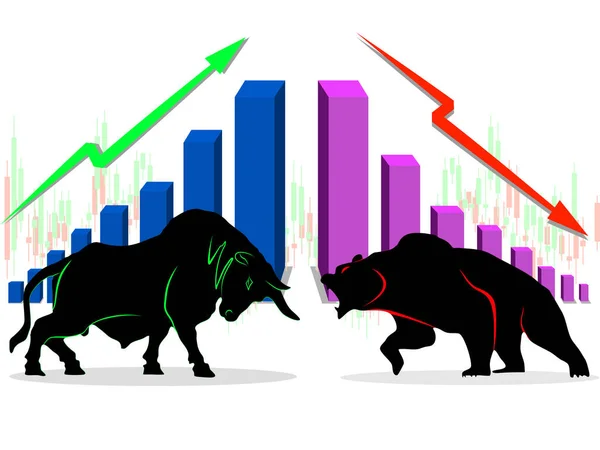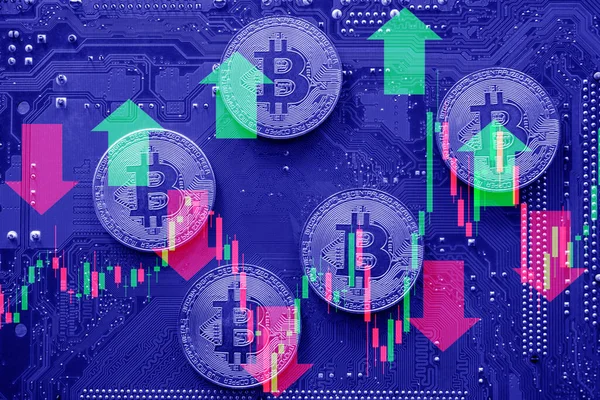In the realm of cryptocurrency trading, where market conditions fluctuate wildly, sentiment analysis stands as a vital tool for investors and traders alike. The ability to gauge the emotional pulse of market participants can lead to informed decisions that potentially mitigate risk and capitalize on opportunities. With the increasing prominence of digital currencies, understanding the nuances of market sentiment has never been more important. This article delves into the complex web of signals, trends, and tools that shape the sentiment in crypto trading, and examines how these factors can impact the valuation of cryptocurrencies.
Decoding Crypto Sentiment Signals

Cryptocurrency markets are particularly sensitive to sentiment signals, which can arise from a plethora of sources. Regulatory news, technological advancements, and macroeconomic factors all play a crucial role in shaping market sentiment. A sudden change in any of these areas can lead to significant price movements. Traders often monitor the following to decode sentiment:
- News headlines and regulatory updates that can cause sudden spikes or dips in prices.
- Technological breakthroughs or setbacks in blockchain projects that may influence investor confidence.
- Macro indicators such as inflation rates, which can affect the perceived value of cryptocurrencies as a hedge.
Additionally, market sentiment is heavily influenced by the actions of prominent figures in the crypto space. Tweets or statements from influential personalities can sway the market in either direction. To make sense of these signals, traders combine quantitative data from market trends with qualitative insights from news and social platforms.
Trends Shaping Crypto Sentiment

The sentiment in the crypto market is shaped by various trends, both within the crypto world and in the broader financial landscape:
- Adoption Trends: As major corporations and financial institutions adopt or invest in cryptocurrencies, positive sentiment grows, potentially leading to bullish market conditions.
- Technological Developments: Innovations such as scalability solutions and new protocols can fuel optimism and drive positive sentiment.
- Economic Shifts: Global economic changes can lead to greater interest in cryptocurrencies as alternative investments or safe-haven assets.
- Regulatory Climate: Regulatory announcements or changes in policy can have immediate and substantial impacts on sentiment.
- Geopolitical Events: Political instability or currency devaluation in certain countries can lead to increased cryptocurrency usage and more positive sentiment.
These trends need to be continuously monitored as they can quickly alter the overall mood of the market, shifting sentiment from bullish to bearish or vice versa.
Sentiment Analysis: Tools & Techniques

Traders use a variety of tools and techniques to analyze market sentiment in the crypto space. Some of the most popular include:
- Technical Analysis Software: By using charting tools and indicators, traders can gauge market sentiment and identify patterns that may suggest an upcoming shift.
- Sentiment Analysis Algorithms: These algorithms scrutinize social media platforms and news outlets to score and aggregate sentiment towards specific cryptocurrencies.
- Market Surveys and Polls: Conducting or referencing surveys provides insights into the collective mood of the trading community.
- Behavioral Analytics: Monitoring wallet activity, transaction volumes, and other on-chain metrics can offer clues about market sentiment.
Combining these tools allows for a more comprehensive understanding of market sentiment, but it’s important to note that sentiment analysis is as much an art as it is a science.
Interpreting Social Media Buzz

Social media platforms have become hotbeds for gauging sentiment in the cryptocurrency market. By interpreting the buzz on platforms like Twitter, Reddit, and Telegram, traders can:
- Identify trending topics and emerging narratives that may influence market sentiment.
- Measure the intensity of discussions around particular cryptocurrencies or events.
- Detect shifts in sentiment by monitoring the language and emotions expressed in posts and comments.
- Analyze the spread of information and its potential impact on market movements.
- Observe the activity of influencers and thought leaders whose opinions might sway market participants.
- Track hashtag trends and sentiment scores assigned to specific crypto-related terms.
The volatile nature of the crypto market often results in social media sentiment being a leading indicator of price movements, making it an invaluable aspect of market analysis.
Market Mood: Bull vs. Bear Indicators

Understanding whether the market is bullish or bearish is vital for trading strategy. Here are some indicators that can help identify the prevailing mood:
- Trading Volume: High volumes can indicate strong market interest, often associated with bullish sentiment, while low volumes may reflect disinterest or bearish sentiment.
- Price Trends: Consistent upward price movements suggest bullish sentiment, whereas downward trends are typically bearish.
- Volatility Indexes: High volatility can signal uncertainty and fear, often associated with bearish sentiment, whereas low volatility can suggest contentment and bullish sentiment.
- Market Dominance: The dominance of leading cryptocurrencies like Bitcoin can reflect trust and bullish sentiment, while declining dominance may signal a bearish mood.
Traders also look for patterns such as head and shoulders or double bottoms, which can suggest upcoming reversals in sentiment and, consequently, in price.
Sentiment Impact on Crypto Valuations

The impact of sentiment on cryptocurrency valuations cannot be overstated. Positive sentiment can lead to increased demand and higher prices, while negative sentiment can result in sell-offs and price declines. The key factors linking sentiment to valuations include:
- Market speculation that drives prices independent of fundamental values.
- Investor emotions that can lead to overreactions to news and events.
- FOMO (fear of missing out) and FUD (fear, uncertainty, and doubt) that can exacerbate market trends.
- Herd behavior that often leads to bubbles or crashes as traders follow the crowd.
- Sentiment feedback loops where price movements themselves influence sentiment and vice versa.
This interplay between sentiment and valuation highlights the importance of sentiment analysis in anticipating market movements and managing investment risk in the volatile world of cryptocurrencies.
Sentiment Indicators Comparison Table
| Indicator | Bullish Sign | Bearish Sign |
|---|---|---|
| Trading Volume | High | Low |
| Price Trends | Upward | Downward |
| Volatility Indexes | Low | High |
| Market Dominance | Increasing | Decreasing |
In conclusion, sentiment analysis provides a crucial lens through which crypto traders can view the often chaotic and unpredictable landscape of cryptocurrency markets. Decoding sentiment signals, understanding the prevailing trends, leveraging analytical tools, and interpreting social media buzz are all integral components of a sophisticated trading approach. The market mood can swing from fear to greed in a heartbeat, and recognizing the subtle indicators of bullish and bearish sentiment can mean the difference between profit and loss. As the crypto market continues to mature, the relationship between sentiment and valuation will undoubtedly remain a dynamic force in the trading strategies of informed investors.
